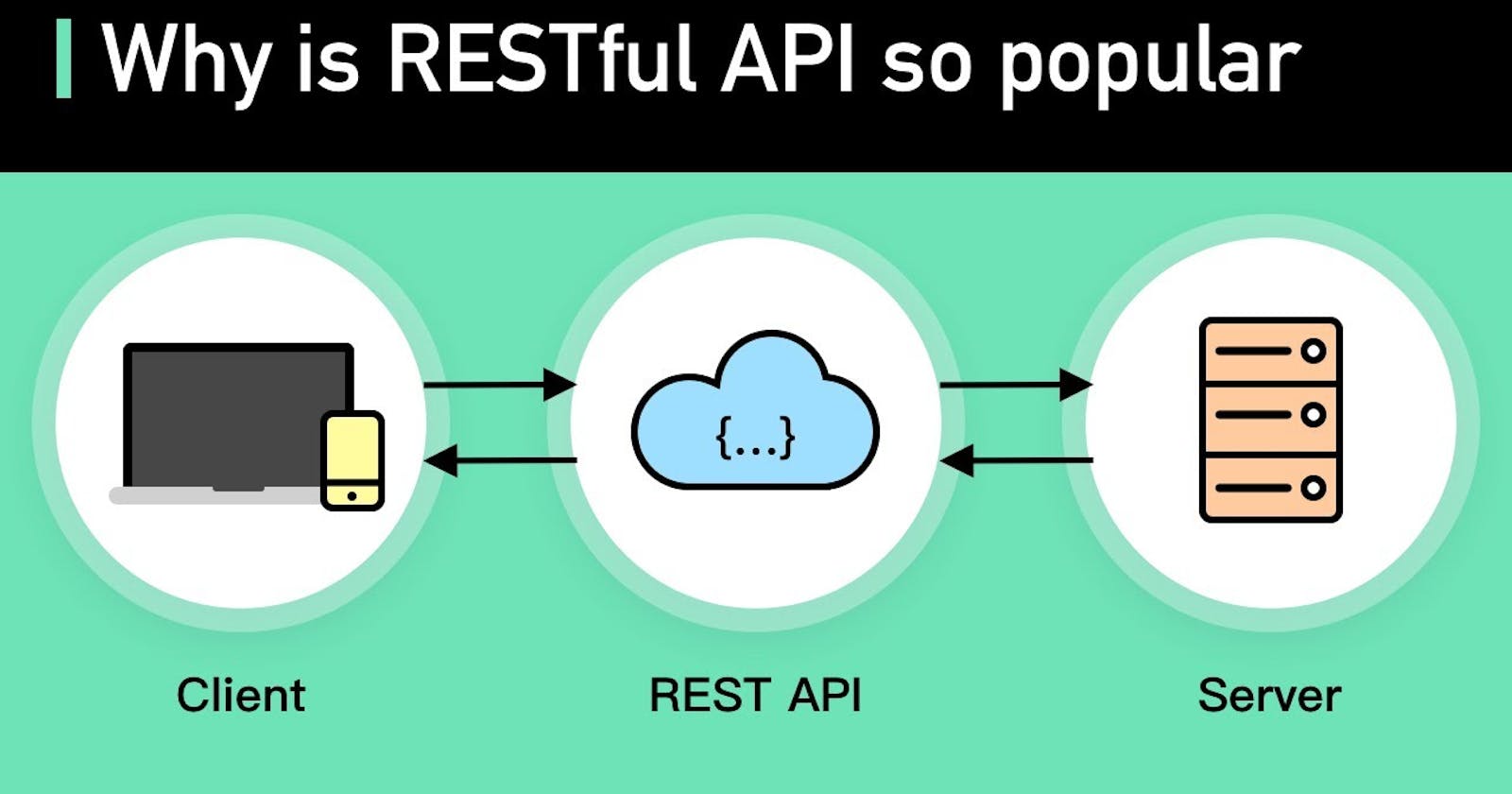Architecting Robust Backend Systems: A Comprehensive Guide to RESTful API Design
Introduction:
In the realm of backend development, designing RESTful APIs stands as a cornerstone for building scalable, maintainable, and interoperable systems. This exhaustive guide aims to provide a comprehensive understanding of RESTful API design, covering use cases, best practices, and everything developers need to know to craft efficient and user-friendly backend systems.
Understanding RESTful API Design:
Fundamentals:
- REST (Representational State Transfer) is an architectural style for networked applications. A RESTful API adheres to REST principles, emphasizing stateless communication and resource-based interactions.
HTTP Methods:
- RESTful APIs utilize standard HTTP methods (GET, POST, PUT, DELETE) to perform operations on resources. Understanding how these methods map to CRUD (Create, Read, Update, Delete) operations is fundamental.
Resource Identification:
- Resources, identified by URIs, form the core of RESTful APIs. Proper resource identification is crucial for creating a logical and intuitive API structure.

Use Cases of RESTful APIs:
Web Application Backend:
- RESTful APIs serve as the backbone for web applications, providing a standardized interface for frontend components to interact with backend services.
Mobile App Integration:
- Mobile applications leverage RESTful APIs to communicate with server-side components, ensuring seamless data exchange and functionality.
IoT Integration:
- Internet of Things (IoT) devices often communicate through RESTful APIs, enabling them to interact with cloud-based services and share data.
Third-Party Integrations:
- RESTful APIs facilitate integrations with third-party services, allowing applications to leverage external functionalities and data.
Best Practices for RESTful API Design:
Resource Naming Conventions:
- Adopting meaningful and consistent resource naming conventions enhances API readability. Strive for simplicity, clarity, and adherence to RESTful principles.
Use of HTTP Status Codes:
- Proper utilization of HTTP status codes communicates the outcome of API requests. Choosing the right status codes ensures clarity in response handling.
Versioning:
- Implement versioning to gracefully handle changes in API structure over time. Versioning prevents disruptions for existing clients and facilitates gradual adoption of new features.
Pagination and Filtering:
- Implement pagination and filtering mechanisms for resource collections to optimize data retrieval, especially when dealing with large datasets.
Authentication and Authorization:
- Implement secure authentication mechanisms such as OAuth or API keys, and utilize authorization mechanisms to control access to different parts of the API.
Error Handling:
- Provide detailed error messages with relevant information to aid developers in diagnosing and resolving issues. Prioritize consistency in error responses.
Resource Relationships and Hypermedia:
Resource Relationships:
- Establish relationships between resources to represent associations within the data model. Properly managing relationships enhances the expressiveness of the API.
Hypermedia as the Engine of Application State (HATEOAS):
- HATEOAS is a constraint of REST, advocating for the inclusion of hypermedia links in API responses. This enables clients to dynamically navigate and interact with the API.
Optimizing RESTful API Performance:
Caching Strategies:
- Implement caching mechanisms to reduce server load and enhance response times, considering factors such as cache duration and cache-invalidation strategies.
Compression Techniques:
- Utilize compression techniques, such as Gzip or Brotli, to minimize data transfer size and improve API performance, especially in bandwidth-constrained environments.
Load Balancing:
- Deploy load balancing strategies to distribute incoming API requests evenly across multiple servers, ensuring optimal resource utilization and scalability.

Documentation and Testing:
Comprehensive Documentation:
- Create comprehensive and user-friendly API documentation to guide developers in using the API effectively. Include examples, request/response samples, and details on available endpoints.
Automated Testing:
- Implement automated testing for the API to ensure its reliability and catch potential issues early in the development process. Testing tools and frameworks can help streamline this process.
Real-world Examples and Advanced Techniques:
Webhooks and Event-driven APIs:
- Explore the implementation of webhooks and event-driven APIs for real-time communication between systems, enabling immediate reactions to specific events.
GraphQL Integration:
- Consider integrating GraphQL alongside RESTful APIs to provide clients with more flexibility in requesting specific data structures, optimizing data retrieval for certain use cases.
Conclusion:
RESTful API design is a foundational skill for backend developers, shaping the efficiency and scalability of modern web applications. This exhaustive guide has covered everything from fundamentals to best practices, optimization strategies, and advanced techniques. Armed with this knowledge, developers can architect robust backend systems, seamlessly integrate with various clients, and contribute to the creation of efficient, scalable, and user-friendly applications.
Thank you for your time. See you in the next one!

